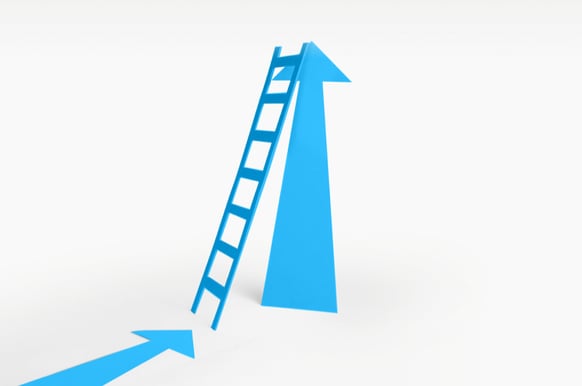"Disruptive innovation" is one of those phrases that gets tossed around in business speeches and professional blogs, but what does it really mean? And how can business innovation be disruptive?
The theory of disruptive innovation (invented by Harvard business professor Clayton Christensen), is the theory that certain innovations create new markets by discovering new categories of customers. Christensen details his theory in the book The Innovator's Dilemma, and he explains that disruptive innovation is different than sustaining innovation.
Sustaining Innovation vs Disruptive Innovation
Sustaining innovation simply improves existing products, which are generally purchased by the same customers who bought the last version of products. For instance, consumers who buy the iPhone 6 when it was brand new probably had an earlier version of an iPhone but want the new features added to the latest edition.

Disruptive innovation describes harnessing new technologies as well as developing new business models and exploiting old technologies in new ways. It makes it possible for the general populous to enjoy the benefits of innovations that only the very wealthy can afford at the beginning of the new technology. Not everyone can afford an iPhone 6 when it first comes out, but disruptive innovation has made it possible for tens of millions of people to have smartphones.
What does it take for an innovation to be "disruptive"?
You can look at it another way. As you think about ways to innovate in your own company, do you tend to think of new ways to reach the same customers or ways to reach entirely different groups of customers? If you are reaching new markets, you're using disruptive innovation.
Personal computers are a great example of disruptive innovation. Originally, mainframe computers were used only in research, academic, and business settings, and they cost millions of dollars to purchase. But companies like IBM were able to innovate computers by making them appropriate for individuals to own and use. This innovation - making computers available and usable for the average person - changed the world. Today, most households have several different computers, and smartphones are in fact just small computers in our pockets.
Here’s some very familiar examples of disruptive innovation that you’ve probably experienced:
- Newspapers (Twitter)
- Classified Advertisements (Gumtree)
- Long-distance Phone Calls (Skype)
- Research libraries (Google)
- Local Second-hand Stores (eBay)
- Taxi Service (uber)
- Record stores (iTunes)
Markets have always existed for each of these products or services. People need to get their news somewhere, and they like to be able to buy the music they're looking for. What made Twitter, iTunes, and the rest of them successful was that they disrupted. They reached out to different markets. Uber tapped into the desire for taxi drivers and passengers to connect without a union between them. Google made it possible for people to do research at 11:00pm on a Saturday night. eBay allowed a collector in Sydney to sell to a buyer in Perth.
Best of all, these disruptive innovations tend to bring down costs for everyone. Twitter is essentially free for users. They don't have to buy newspaper subscriptions in order to get the news. Skype, too, is free in most cases, whereas long-distance phone calls used to be cost prohibitive for many people.
What can disruptive innovation do for you in your business?
The Innovator's Dilemma described in Christensen's book is the dilemma between two different business paths: the sustaining innovation that allows you to sell higher-priced goods and services to your existing customers or the disruptive innovation that allows you to sell generally lower-priced goods and services to people who aren't currently your customers.
In choosing your own path, you have to think about your own business. Would disrupting an industry or current business model be advantageous to your business? Would it be possible to innovate in a way that would let you reach an entirely new market?
And if you don’t innovate in your market, maybe someone else will and how would that affect the business. Would you rather be the disrupter or the disruptee?
Think about the categories of customers in your market who currently have no interest in what you have to offer. Could you innovate what you already have in a way that would reach these people? Innovators who answer this question successfully continue to change the world.


.svg)
.svg)
.svg)


.svg)

.svg)



